Dawn of the Warriors' dynasty: The birth of the Death Lineup
Published in Basketball
The Golden State Warriors changed the course of NBA history in a game they lost.
Marc Gasol and Zach Randolph were giving the Warriors the business, and Memphis controlled the game. The Grizzlies scored 20 straight points in the first half and were cruising toward a win.
Then the Warriors tried something new.
For most of the fourth quarter on Dec. 16, 2014, Golden State went small. Steph Curry, Klay Thompson, Shaun Livingston, Andre Iguodala and Draymond Green. Their comeback ultimately fell short, but they birthed something bigger: the Death Lineup.
“The Memphis thing was an a-ha moment,” longtime Warriors assistant coach Bruce Fraser told this news organization.
“It seemed like a crazy thing to do, but it actually became an electric lineup. It was partly, I don’t want to say it was a shot in the dark because you do need to make adjustments when you’re getting crushed. We went small and we could see how potent it was.”
The Warriors didn’t invent the small-ball lineup, but they did popularize it. They rode it in short, powerful bursts on their way to the 2015 NBA championship, then recreated it with several variations in the 10 seasons since.
From that night in Memphis forth, the league has tried to replicate Golden State’s Death Lineup. But only one team has a Draymond.
“I think it’s more mental than anything,” Green said. “Trying to outthink the guys on the floor. I feel very confidently that most centers in the NBA, I can outthink. Maybe not (Nikola Jokic). But most centers I can outthink. That’s a big part of it.”
Green’s combination of toughness and basketball intelligence has allowed him to protect the rim in small-ball units while also switching onto guards. The 6-foot-6 wrecking ball grew up playing both center and point guard, and the Warriors discovered how to best deploy him in that small-ball center role a decade ago. With Green at the five, Golden State can switch every action defensively while having an offensive playmaker at every position.
“Can you guard LeBron? I’ll guard LeBron,” Michigan State coach Tom Izzo said, outlining Green’s flexibility. “Can you (guard) a 7-footer? I’ll do it. Can you switch on a point guard? I’ll do that. One through five. He’s not always quick enough to do it, but he’s always, always smart. Even when he was here. He knew what the opponent did, he knew everything.”
Vincent Goodwill, a veteran NBA journalist, coined the “Death Lineup” name. He saw how devastating it could be for stretches, how it would constantly flip games with chaos and speed. From the Memphis game on, Warriors coach Steve Kerr always had it in his back pocket.
“This lineup just kills you,” said Goodwill, who wishes he had trademarked the phrase. “They didn’t use it in abundance, it was like a Super Mario star.”
In 2014-15, the Warriors’ Death Lineup outscored opponents by 15.8 points per 100 possessions in 111 minutes. It only got more potent the next year (+40.2) and later on as it evolved with Kevin Durant in the fold.
The lineup configuration has been so lethal for so long that the Warriors are starting Green at center now — which they’ve been hesitant to do over the years because of the physical toll that comes with it.
But for the home stretch of a season? Green’s up for it. Against the Bucks last week, he held the 6-foot-11 Giannis Antetokounmpo to 0-for-6 shooting while also turning away dynamo guard Damian Lillard constantly on pick-and-rolls, displaying his versatility in a Defensive Player of the Year showcase. He was quicker 10 years ago, but Green’s guile makes up for whatever he’s lost in agility.
Since Green’s emergence in Golden State’s first title season, teams across the league have searched for the next Draymond Green — so much that it has become a cliche. Jordan Bell, Omari Spellman, Denzel Valentine and Guerschon Yabusele had the label slapped on them, but none quite fit the mold.
Beyond Green, the key to the Death Lineup was having size at the four other positions. If you’re small at center, you can make up for it with size, speed and athleticism at every other spot. Iguodala, Livingston or Harrison Barnes, Klay Thompson and even Steph Curry were each two-way players with size.
That aspect, too, turned 3-and-D wings into premium players. Barnes got paid, as did Al-Farouq Aminu ($30 million from Portland), Chandler Parsons ($94 million from Memphis), Nic Batum ($120 million from Charlotte) and former Warrior Kent Bazemore ($70 million from Atlanta).
Now every year in the playoffs, teams sub out their centers and try to play five perimeter players. None have done it quite like the Warriors.
“That Death Lineup, you could say, modernized basketball into what we see today,” Goodwill said. “As much as the 3-point shot did, I feel like the Death Lineup and the versatility, ‘positionless basketball,’ that’s what teams are aiming to replicate now.”
____
©2025 MediaNews Group, Inc. Visit at mercurynews.com. Distributed by Tribune Content Agency, LLC.
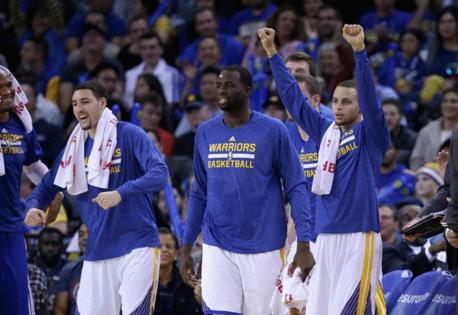
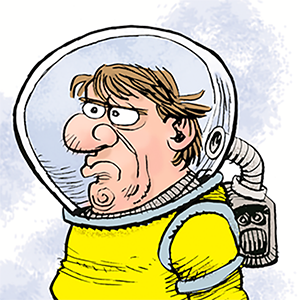
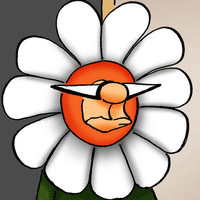


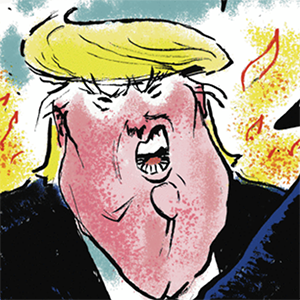
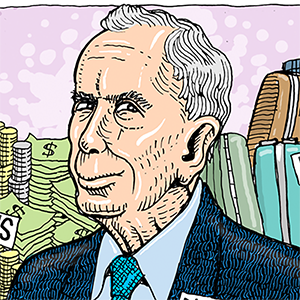
Comments